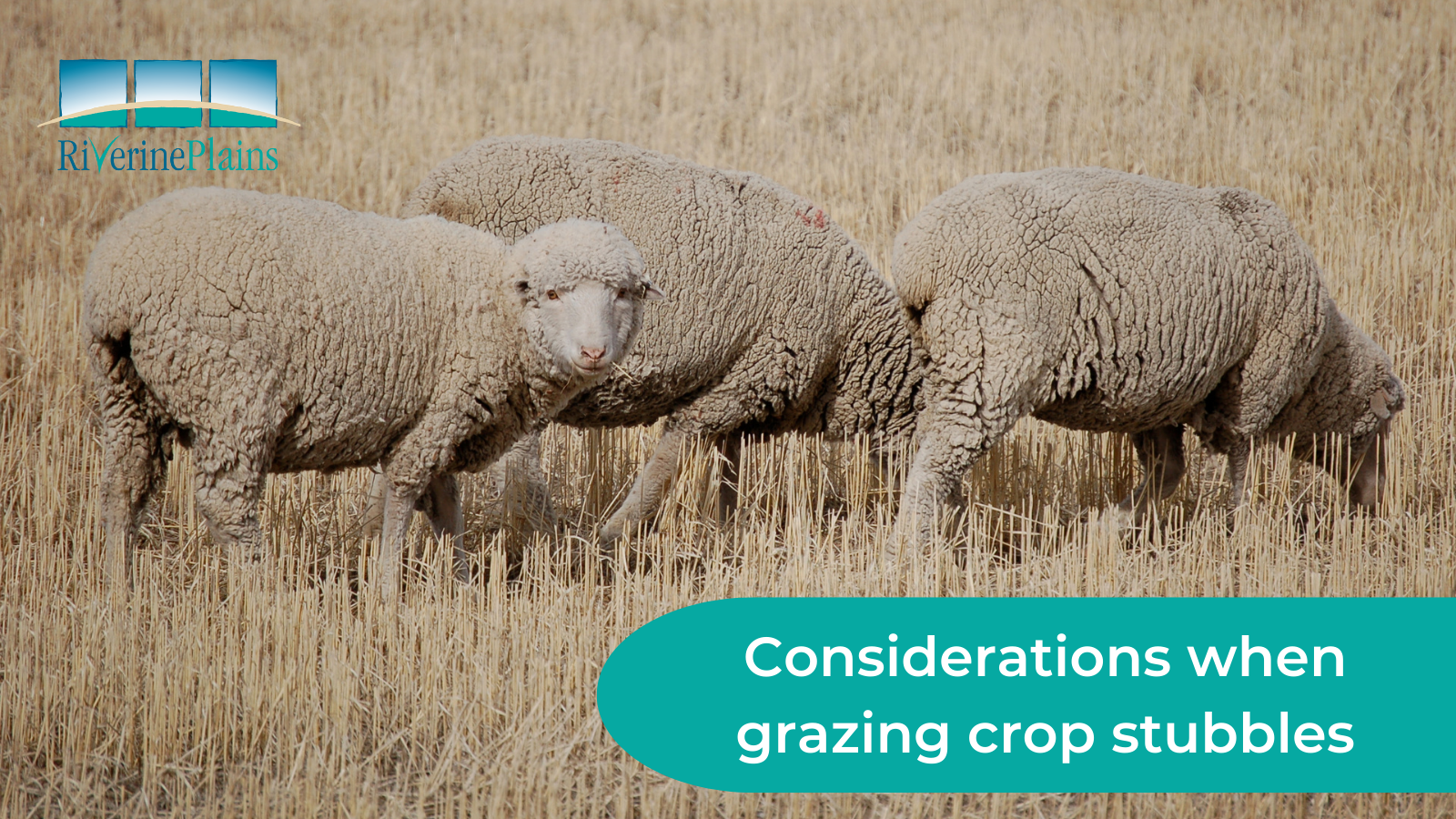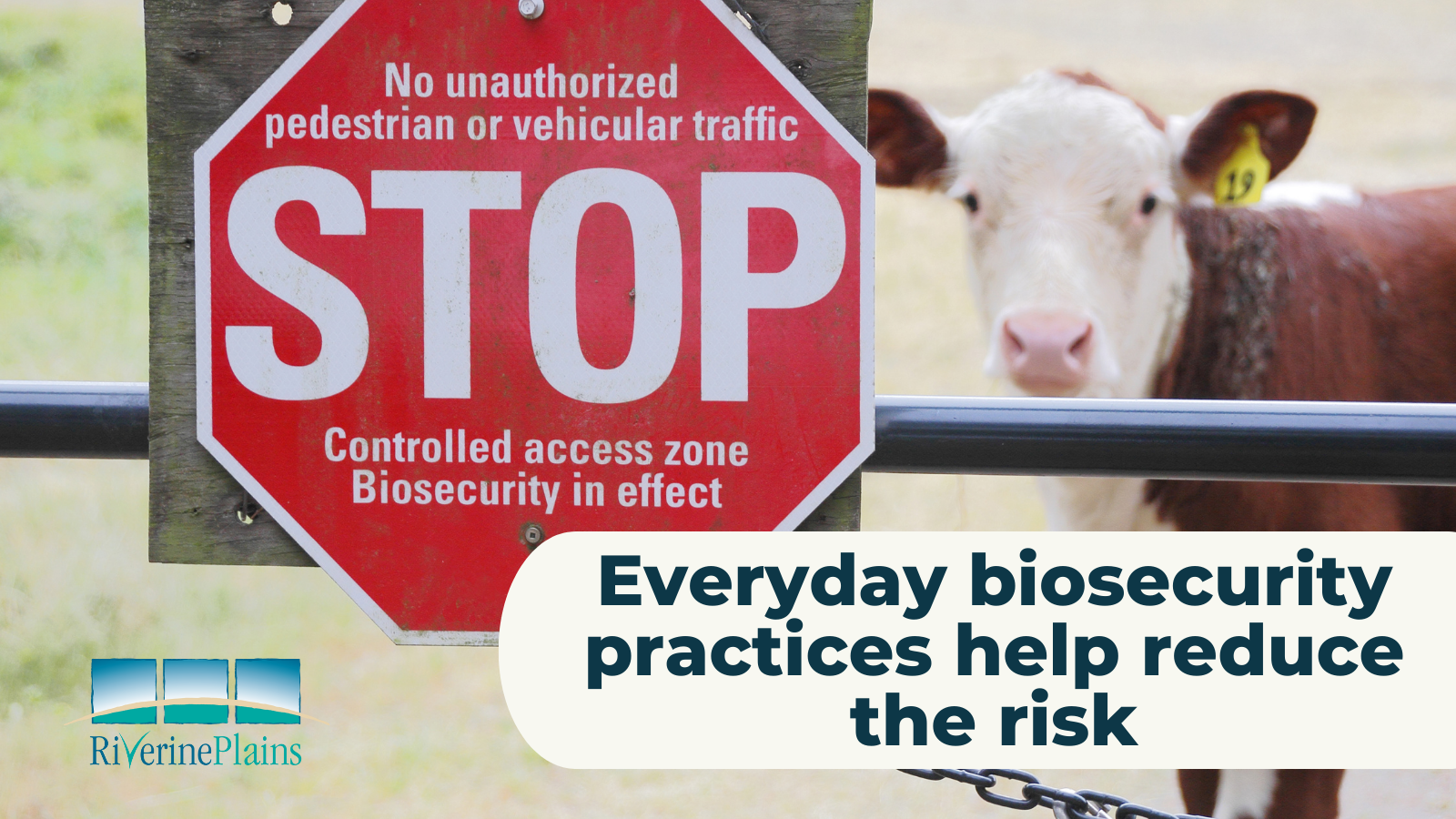Grazing stubbles - key considerations
Key points
Posts about:

Key points

Key messages

Soil carbon can occur in organic and inorganic forms.

While the current Foot and Mouth Disease outbreak in Indonesia has focussed our attention on emerging biosecurity issues, biosecurityshould really be an everyday farm management practice.

While some farmers have already started grazing winter forage crops, some later-sown crops will only be ready for grazing now. Cereals are ready to be grazed when they have developed secondary roots and are well anchored, usually around the 3-leaf stage.